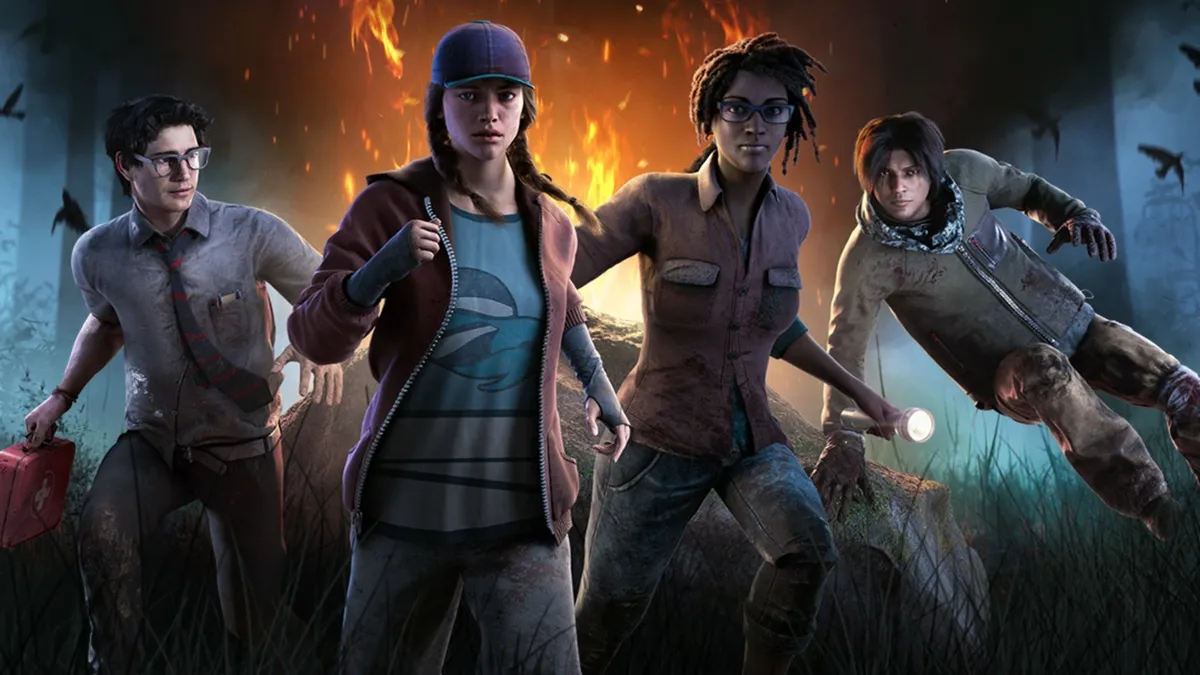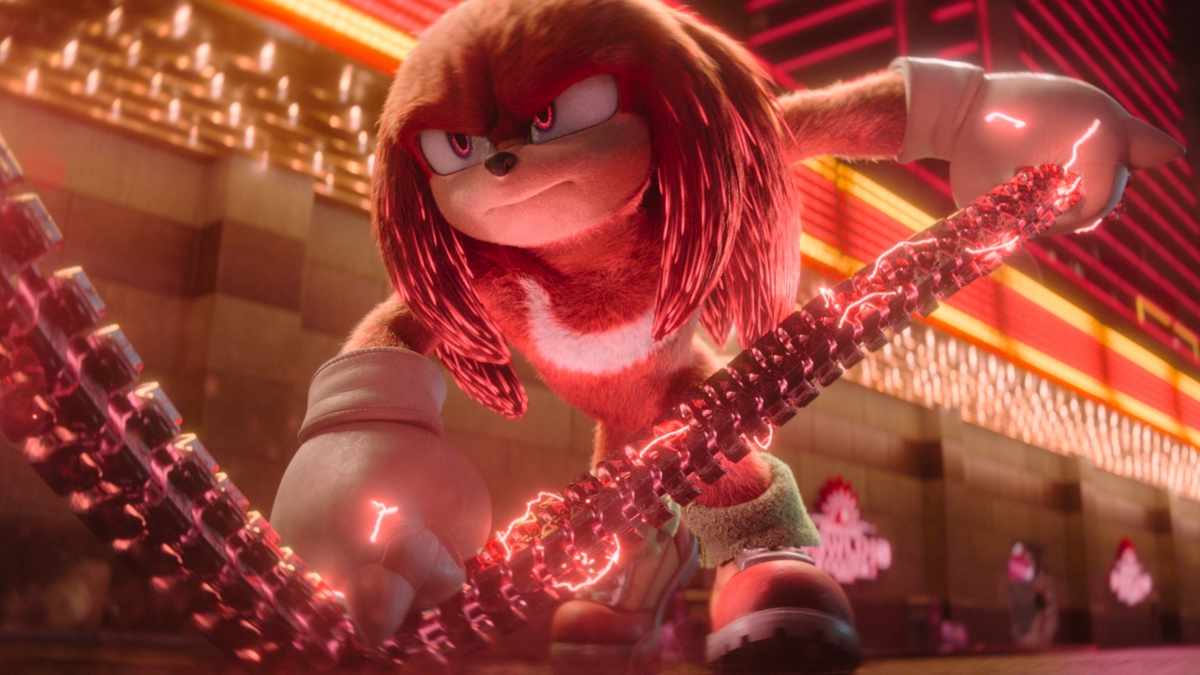If all games were as easy to make as 2D platformers, we’d be living in a golden age of the medium. Conflating the quality of art with the difficulty of its creation can be a valid stance in some cases, but it’s hard to deny the number of classics that wouldn’t exist if the side-scroller blueprint wasn’t already perfected decades ago. With the technical foundation squared away after maybe a day’s work, developers can allocate their finite resources towards engaging mechanics, narratives, or aesthetics. A recent beneficiary of this is Light Fall. This game would undoubtedly be worse off if it were in any other category – it’s story is disappointing, and it occasonally feels a little undercooked – but by building from the most stable foundation in the industry, its developers were able to construct a visually and tactilely delightful experience.
If there’s a threat to the success of Light Fall, it’s being unfavorably compared to both Ori and the Blind Forest and LIMBO, both of which cast inescapably huge shadows. The reality is something of an artistic break-even point: there’s enough creativity on display to avoid copycat accusations, but not enough to claim a unique identity. The primary gameplay feature and source of this creativity is the Shadow Core, a magical box used by the protagonist as a weapon, a tool, a shield, and a platform. Most of these functions are painfully straightforward on paper (press X to shoot a projectile forward, press A in mid-air to summon a block beneath your feet, etc.), but it’s their limitations and execution that make them come alive.
The fact that there is only one Shadow Core with multiple purposes is a crucial detail, as it means using a second function will cancel the previously active one, requiring slightly more thoughtful input than expected. Similarly, ascending using summoned platforms requires an unorthodox rhythm that breathes some new life into what looks like a standard double-jump. This is especially noticeable when the level design calls for blocks to be constructed horizontally, creating wall-jump-ready surfaces on the fly. Movement as a whole is wonderfully smooth in Light Fall. Players have extremely fine control over their speed and jump height, and Shadow Core platforms follow underfoot for a split-second upon creation, making their use immediately intuitive.

Technical design elements, such as checkpoint frequency and the time players can spend clinging to a wall before leaping off of it, tend to be rather forgiving, which was the right decision, because the platforming here can be quite demanding. The protagonist is always a single hit away from death, dodging successive obstacles usually requires rapid timing, and the levels aren’t particularly generous with their supply of solid ground. Every gauntlet of danger can be broken into patterns, however, so no loss ever feels undeserved. Each level also contains a “hard mode” version akin to the “dark world” from Super Meat Boy – the same layout with the number of hazards cranked up, demanding much greater precision. It’s a solid extra feature if you don’t mind that it also drastically cuts down on the number of checkpoints, which personally turned me off.
Like both Ori and Super Meat Boy, this game will be very attractive to speedrunners. The leaderboards track regular times and 100% times separately, and the open-ended movement systems will ensure that the best way to tackle a given situation will remain up in the air even if thousands of players submit their records. It’s fitting, then, that the least worthwhile mechanics are also the slowest. The first is the ability to use the Shadow Core as a scout and trap sensor, which is a neat function that simply doesn’t fit with the speedy grace of the rest of the game. The second is a late-game platform type that becomes temporarily corporeal when touched by the Shadow Core. The redundancy of this mechanic was seemingly understood by the developers, because it only appears sparingly, but still enough to become a noticeable weak point.
There’s a definite sense that the game has run out of steam by its end. It’s not because that end only appears after about three hours of gameplay, either; at the pace the play moves, any longer would feel unnecessarily padded. Instead, it’s because the finale seemingly forgets everything that made the product worthwhile. Most of the play time is spent zooming between beautiful, humanely designed locales accompanied by an endearing, sparingly used narrator. Conversely, the last area consists of a long trek down an empty corridor, followed by an ungodly protracted and repetitive boss fight against an incessantly overacted character whose animation doesn’t even seem to be complete. And the sole checkpoint is located at the beginning of the corridor.

This feeling extends to the story as well, although in that case, the quality fluctuates a bit before flatlining. The first impression is that we’re in for a tale of overwhelming cliché, as the two heroes are an ambiguously human child with memory loss and an old, wise owl. The setting – a continent of perpetual night called Numbra, whose people and gods have disappeared following the appearance of dangerous pink crystals – is the only initially interesting part. The surprisingly early and well-executed reveal of who the protagonist actually is temporarily got my hopes up for a better follow-through. However, every subsequent revelation makes less and less sense and feels decreasingly thorough, culminating in an enormous non-entity of a villain introduced just to be used as that pathetic final boss.
The setting is consistently the real star. There’s been a minor backlash against the commonality of silhouette-only art styles recently, but this is one of the better examples to be found, with a generally clear delineation between foreground and background for gameplay purposes. It’s a little inconsistent – collectible lore entries describe ships made of wooden planks as start-of-the-art in the same breath as the existence of cyborgs, and things are pretty bright for a land with supposedly no sunlight – but it accomplishes the difficult task of seeming genuinely alive. Bioluminescence is ubiquitous in Numbra, and that, combined with the subtle incandescent flecks that spring from the protagonist’s motions, makes the environment much more compelling than the static terrain it could have been.
To return to my original argument, Light Fall benefits tremendously from being a 2D platformer. It’s pretty clear that its funding was already being stretched to the limit, what with the complete nosedive in quality it takes in the last 30 minutes. Without the inherent simplicity of the genre, it’s likely that some other element would have suffered as well. Instead, the game is straightforward, attractive, and smartly designed as a speedrunner’s dream. Is it a programming masterpiece? No, but that doesn’t erase the fun I had with it.
This review is based on the PC version of the game, which we were provided with by Bishop Games.






